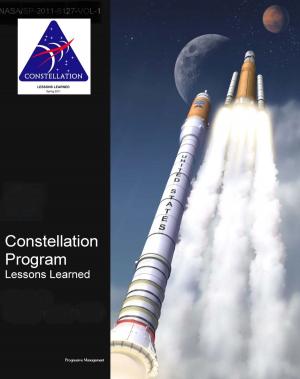Adaptation to Change: U.S. Army Cavalry Doctrine and Mechanization, 1938-1945 - World War II Armored Force, Corps Reconnaissance
Nonfiction, History, Military, World War II| Author: | Progressive Management | ISBN: | 9781311047113 |
| Publisher: | Progressive Management | Publication: | June 2, 2014 |
| Imprint: | Smashwords Edition | Language: | English |
| Author: | Progressive Management |
| ISBN: | 9781311047113 |
| Publisher: | Progressive Management |
| Publication: | June 2, 2014 |
| Imprint: | Smashwords Edition |
| Language: | English |
Change and innovation are issues that constantly confront an organization like the Army. During certain periods, the currents of change seem stronger than others. Today the Army confronts the Information Age revolution and a transition into a new century, while simultaneously executing more missions with fewer resources. From 1938-1945, the United States Army transitioned from the interwar period, through peacetime mobilization, to wage a successful global conflict.
This study examines a microcosm of the Army then, one that confronted fundamental change in mechanization, the Cavalry branch. Instead of focusing on the creation of the Armored Force and evolution of tank doctrine, this monograph examines mechanized cavalry doctrine as practiced by reconnaissance groups and squadrons in the European theater.
The community of Cavalry leaders did not readily adapt to the sweeping currents of their time. They faced a difficult challenge, but their slowness in response caused the branch to lose its voice in Army mechanization, and to commit reconnaissance units to European combat with the wrong mission, organization, and equipment. Mechanized cavalry units were lightly equipped to conduct reconnaissance. In combat, they actually performed traditional cavalry missions, and needed more soldiers, plus heavier weapons. The model of successful adaptation points to a critical failure in leadership.
Chapter I - Introduction: A Model of Change * Chapter II - Emergence from the Interwar Years, 1938-1940 * The Issue of Mechanization * Mechanization and the Armored Force * Cavalry Mechanization * Interwar Cavalry Doctrine and Equipment * Ideas Under Scrutiny * Chapter III - Change during Protective Mobilization, 1940-1941 * A Changed Environment * Reconnaissance Doctrine * The Corps Reconnaissance Regiment * Chapter IV - The Crucible of Combat, 1942-1945 * The Demise of the Chief * Doctrine for Employment * Different Views of Reconnaissance * Provisions for Reality * Lessons From Combat * Chapter V - Post-War Assessment * Chapter VI - Cavalry and Change * Context * Definition * Leadership * Integration * Chapter VII - Conclusion: Implications for the Future
Change and innovation are issues that constantly confront an organization like the Army. During certain periods, the currents of change seem stronger than others. Today the Army confronts the Information Age revolution and a transition into a new century, while simultaneously executing more missions with fewer resources. From 1938-1945, the United States Army transitioned from the interwar period, through peacetime mobilization, to wage a successful global conflict.
This study examines a microcosm of the Army then, one that confronted fundamental change in mechanization, the Cavalry branch. Instead of focusing on the creation of the Armored Force and evolution of tank doctrine, this monograph examines mechanized cavalry doctrine as practiced by reconnaissance groups and squadrons in the European theater.
The community of Cavalry leaders did not readily adapt to the sweeping currents of their time. They faced a difficult challenge, but their slowness in response caused the branch to lose its voice in Army mechanization, and to commit reconnaissance units to European combat with the wrong mission, organization, and equipment. Mechanized cavalry units were lightly equipped to conduct reconnaissance. In combat, they actually performed traditional cavalry missions, and needed more soldiers, plus heavier weapons. The model of successful adaptation points to a critical failure in leadership.
Chapter I - Introduction: A Model of Change * Chapter II - Emergence from the Interwar Years, 1938-1940 * The Issue of Mechanization * Mechanization and the Armored Force * Cavalry Mechanization * Interwar Cavalry Doctrine and Equipment * Ideas Under Scrutiny * Chapter III - Change during Protective Mobilization, 1940-1941 * A Changed Environment * Reconnaissance Doctrine * The Corps Reconnaissance Regiment * Chapter IV - The Crucible of Combat, 1942-1945 * The Demise of the Chief * Doctrine for Employment * Different Views of Reconnaissance * Provisions for Reality * Lessons From Combat * Chapter V - Post-War Assessment * Chapter VI - Cavalry and Change * Context * Definition * Leadership * Integration * Chapter VII - Conclusion: Implications for the Future















